The benefits of LED lighting in your holiday home
Last Updated on September 17, 2014 by admin
Exploring the eco benefits of replacing your old light bulbs with newer LED equivalents
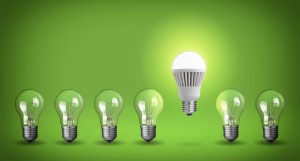 Do you know how many light bulbs there are in your holiday home?
Do you know how many light bulbs there are in your holiday home?
A strange question perhaps, but for many holiday property owners, one that has already been answered or will need to be in the near future.
In September 2012, after more than a century of lighting the world, the EU completed its phased ban on the sale of incandescent light bulbs. The move came in an attempt to reduce the energy use of lighting; 17.5% of global power consumption is on keeping darkness from our homes.
Top Facts on the Incandescent Light Bulb
- Only 10 – 20% of the electricity used by an incandescent bulb generates light; the rest is wasted.
- Prior to 2009, when the phased ban on the sale of the bulbs began, an estimated 200m were sold each year in the UK; that’s six every second!
- The government believe the ban will save the UK £102m on lighting electricity bills over ten years.
- Incandescent light bulbs still account for 80% of lighting across the UK
The strongest protests against the ban came from a cost perspective. Despite longer-term savings, the higher upfront costs of alternatives such as LED have been criticised.
We take a look at LED lighting
What LED bulbs have to offer holiday homeowners:
Longer life
We’ll all have had that moment, balanced on a step ladder, attempting to change a light bulb that has burnt out. For holiday homeowners this can be an added task in the maintenance of your property; needing to get someone to the property to replace the bulbs.
LED lighting has a far greater life span, estimated to be in the region of 11 years of continuous use. That’s 20 years with your lights on for eight hours a day and means continually replacing bulbs in your holiday home could be a thing of the past.
Energy Efficiency
As we’ve said, a key part of the phased ban was geared toward energy efficiency. LED lighting operates at around 80 – 90% efficiency, compared to the 20% efficiency of its traditional counterpart.
As the light is digital the majority of your electric is utilised in lighting your home rather than heating it; the incandescent bulb can be heated up to 2,300C, meaning that a large amount of money is lost in heat rather than spent on light.
This means energy bill savings can be achieved for holiday homeowners looking to convert.
Eco Friendly
Those visiting holiday homes across the country are becoming more and more sensitive to the ecological and green credentials of where they’re staying.
LED lights contain no toxic materials and for that reason are usually recyclable. Given the longer lifespan, one LED light can save the materials and production of 25 traditional bulbs. Over the average household that will be in the region of 250 – 350 bulbs!
Outdoor Use
As they are not dependent on heat, LED lights are better able to perform in both hot and cold conditions, making them ideal for externally lit areas around holiday homes.
This can include in and around gardens, patios or barbeque areas, allowing your guests to fully enjoy your holiday home, inside and out!
Whilst we’re used to the warm yellow glow of an incandescent bulb their LED equivalent also come in a variety of colours.
Summary
There are several clear benefits to replacing your old light bulbs with newer LED equivalents. You will however need to be realistic about the initial monetary savings; they do cost significantly more per bulb and there will be an expenditure on installation.
On the other hand they will provide you benefits over the medium to longer term. Adopting LED will need to be seen as an investment and not a quick fix.
Boshers offer specialist holiday home insurance to owners across the UK. For more information on how a specialist insurer can help and support your holiday home business, please give us a call on 01237 429444.



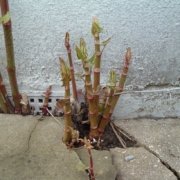
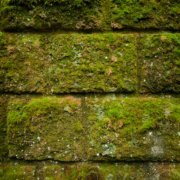
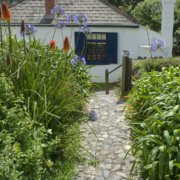
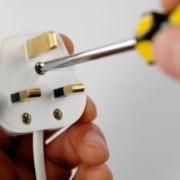



Quite an informative post focusing on the LED bulbs and their daily existence in our lives.
Dont forget that longer life helps routine maintenance – especially for the awkward light fitting with the little diddly screw – we’ve all got one.